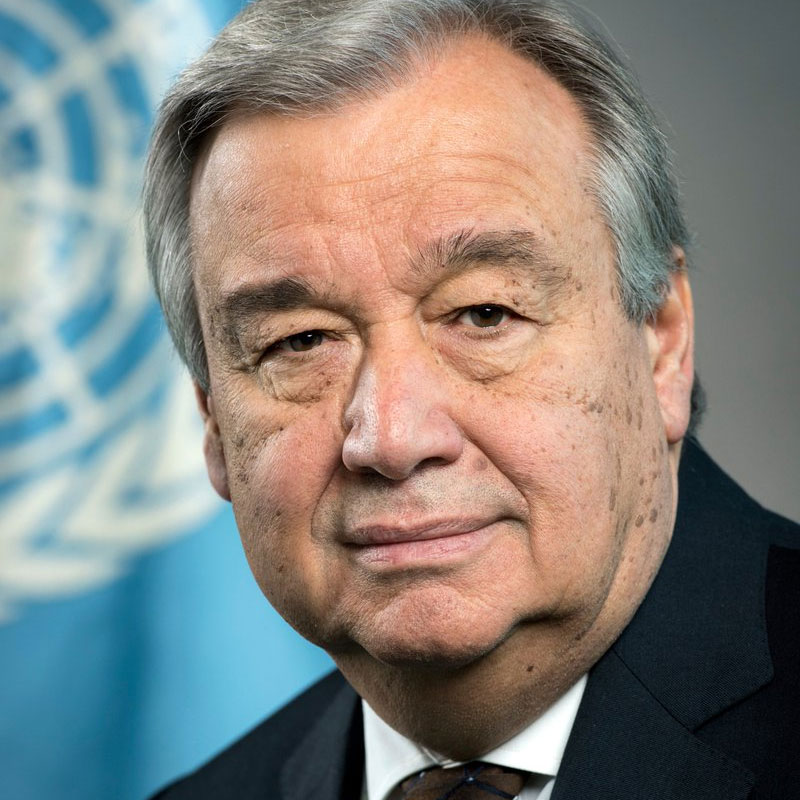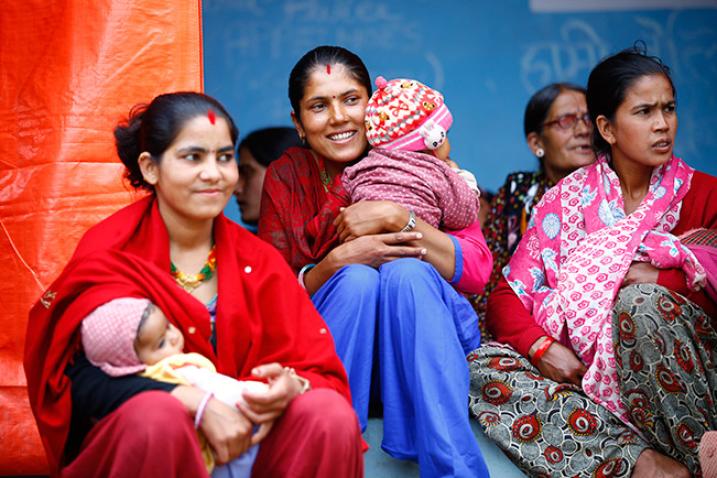Let us stand with young people and build a future where every person can shape their destiny in a world that is fair, peaceful and full of hope.”
UN Secretary-General António Guterres
Empowering Youth to Build the Families They Want
Global fertility rates are falling, prompting warnings about “population collapse.” But the United Nations Population Fund (UNFPA)’s State of World Population report shows the real issue is a lack of reproductive agency—many people, especially youth, are unable to have the children they want.
World Population Day 2025 highlights this challenge, focusing on the largest-ever generation of young people. The theme, “Empowering young people to create the families they want in a fair and hopeful world,” calls for ensuring youth have the rights, tools, and opportunities to shape their futures.
Young people are already driving change, but face major obstacles: economic insecurity, gender inequality, limited healthcare and education, climate disruption, and conflict. A UNFPA–YouGov survey of over 14,000 people in 14 countries found most wanted more children but were prevented by social, economic, or health barriers.
To respond to global population trends effectively, leaders must prioritize young people’s needs and voices. They need more than services—they need hope, stability, and a future worth planning for. As one youth activist told UNFPA, “Young people are not just thinking about their future children—they are thinking about the world those children will inherit.” Supporting their rights is key to sustainable development, peace, and human dignity.
World Population Trends
It took hundreds of thousands of years for the world population to grow to 1 billion – then in just another 200 years or so, it grew sevenfold. In 2011, the global population reached the 7 billion mark, it stands at almost 7.9 billion in 2021, and it's expected to grow to around 8.5 billion in 2030, 9.7 billion in 2050, and 10.9 billion in 2100.
This dramatic growth has been driven largely by increasing numbers of people surviving to reproductive age, and has been accompanied by major changes in fertility rates, increasing urbanization and accelerating migration. These trends will have far-reaching implications for generations to come.
The recent past has seen enormous changes in fertility rates and life expectancy. In the early 1970s, women had on average 4.5 children each; by 2015, total fertility for the world had fallen to below 2.5 children per woman. Meanwhile, average global lifespans have risen, from 64.6 years in the early 1990s to 72.6 years in 2019.
In addition, the world is seeing high levels of urbanization and accelerating migration. 2007 was the first year in which more people lived in urban areas than in rural areas, and by 2050 about 66 per cent of the world population will be living in cities.
These megatrends have far-reaching implications. They affect economic development, employment, income distribution, poverty and social protections. They also affect efforts to ensure universal access to health care, education, housing, sanitation, water, food and energy. To more sustainably address the needs of individuals, policymakers must understand how many people are living on the planet, where they are, how old they are, and how many people will come after them.
Did you know?
- Fears about the future—such as climate change, environmental degradation, wars, and pandemics—are impacting fertility decisions, with nearly 1 in 5 saying these concerns have led or would lead them to have fewer children than desired.
- Economic factors, including housing, childcare costs, and job insecurity, are major limits on family size; 39% reported financial issues affecting their ability to have their desired number of children.
- The global average age of childbearing has risen steadily and now stands at 28 years.
- Nearly 20% of adults of reproductive age expect they won’t be able to have their desired number of children.
- Access to reproductive healthcare remains a challenge, with 18% reporting difficulty obtaining contraception or fertility-related services.
What if you couldn’t make any life choices?
Related Observances
- International Day of Zero Tolerance to Female Genital Mutilation (6 February)
- International Women's Day (8 March)
- International Day of Families (15 May)
- International Day to End Obstetric Fistula (23 May)
- International Youth Day (12 August)
- International Day of Older Persons (1 October)
- World Children's Day (20 November)






